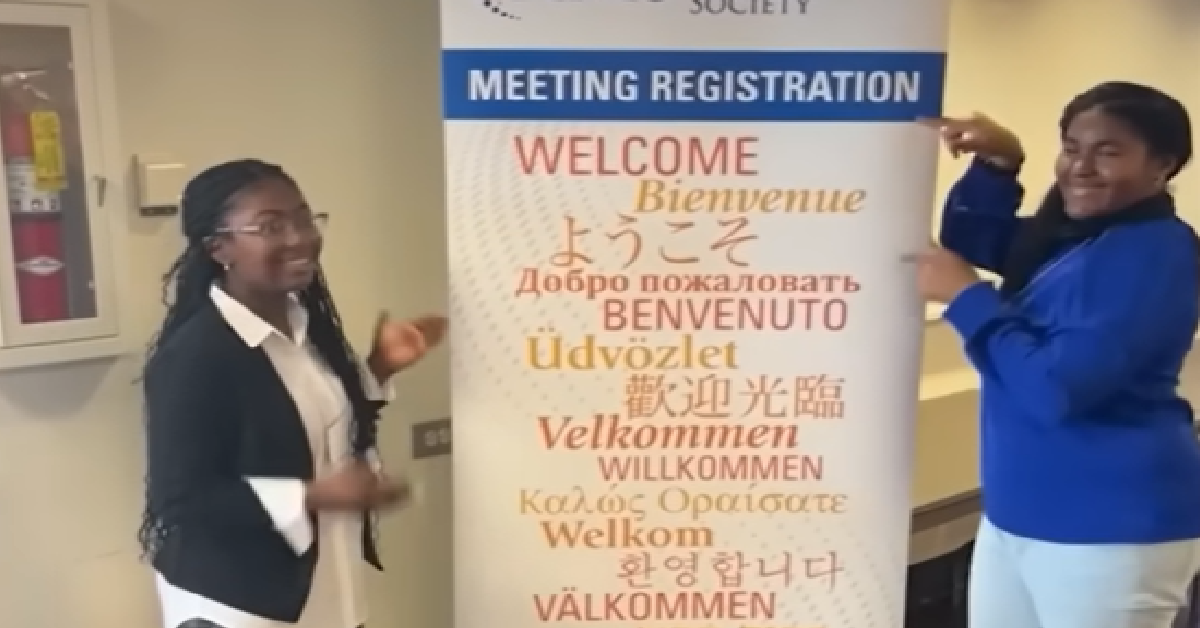These high school students hail from New Orleans and they have made a discovery that is going to change the world of mathematics as we know it.
This may seem like a dramatic statement but trust us on this one. Thanks to their efforts, mathematicians now have a whole new way to approach a 2,000-year-old formula. Who could have ever expected this?

According to ABC News, Calcea Johnson and Ne’Kiya Jackson are the high school students in question and they were given the opportunity to present their findings recently. They spoke at the American Mathematical Society’s Annual Southeastern Conference in Atlanta.
According to the St. Mary’s Academy seniors, Pythagoras’ Theorem (a squared + b squared = c squared) is actually able to be proven with trigonometry.

Mathematicians did not believe that this was even possible….until now. That’s because this theorem actually serves as the basis for trigonometry. It was believed that it could not be used in this manner because the logic is circular and the idea cannot be used to proven itself. Johnson and Jackson were able to flip this idea on its ear, though. Their presentation is an absolute must watch and we loved every second of it.
“I saw like a bunch of people like this, and like, writing down stuff and pulling up things on their computers like, oh, like the connections and I was like, wow, they really connected with this,” said Johnson in a video shared by WWLTV. “Afterwards, we got a lot of congratulations,” Jackson adds. “Some people apparently started recording.”

Videos like these are great because they allow us to question everything. There are so many aspects of life that we simply do not question because we have never had a reason to. That’s what makes these students so special. They were not willing to accept the status quo and they are living proof that we never have to do so.
Once you have had the chance to walk this awesome news clip of these forward-thinking students, you are definitely going to want to share it with everyone you know. We were blown away and had no idea that there was a different way to approach this theorem.













